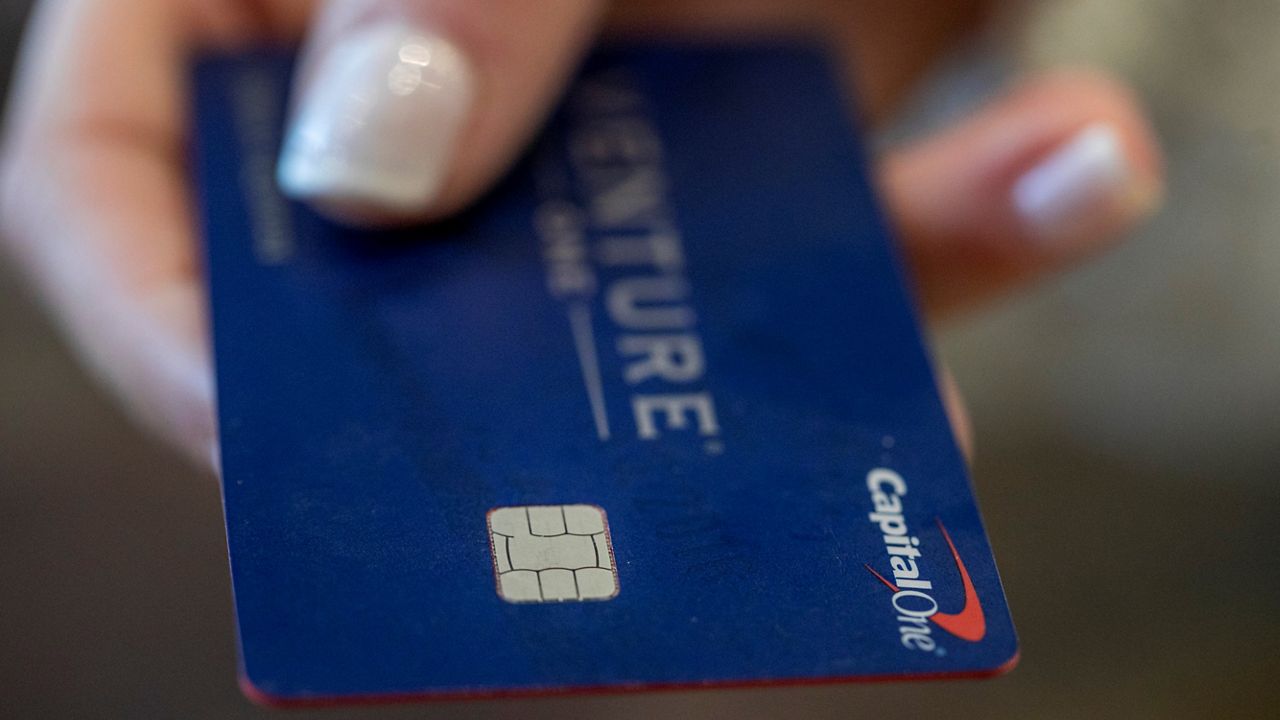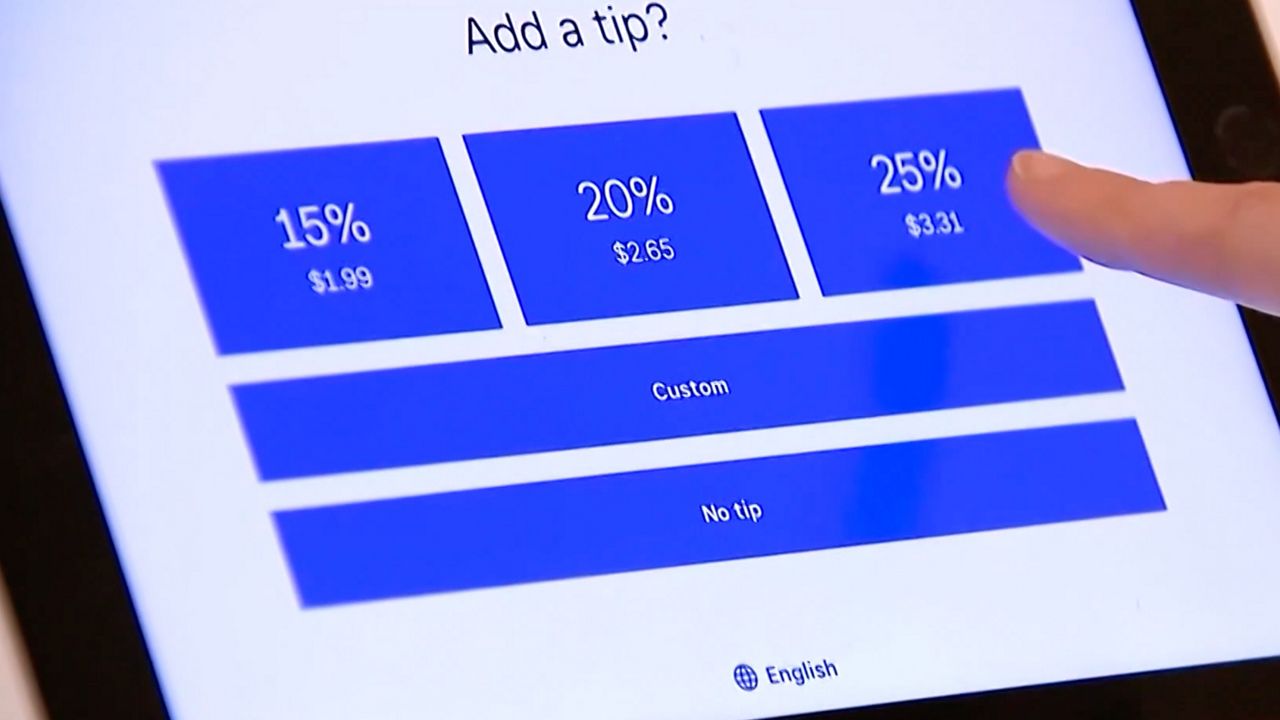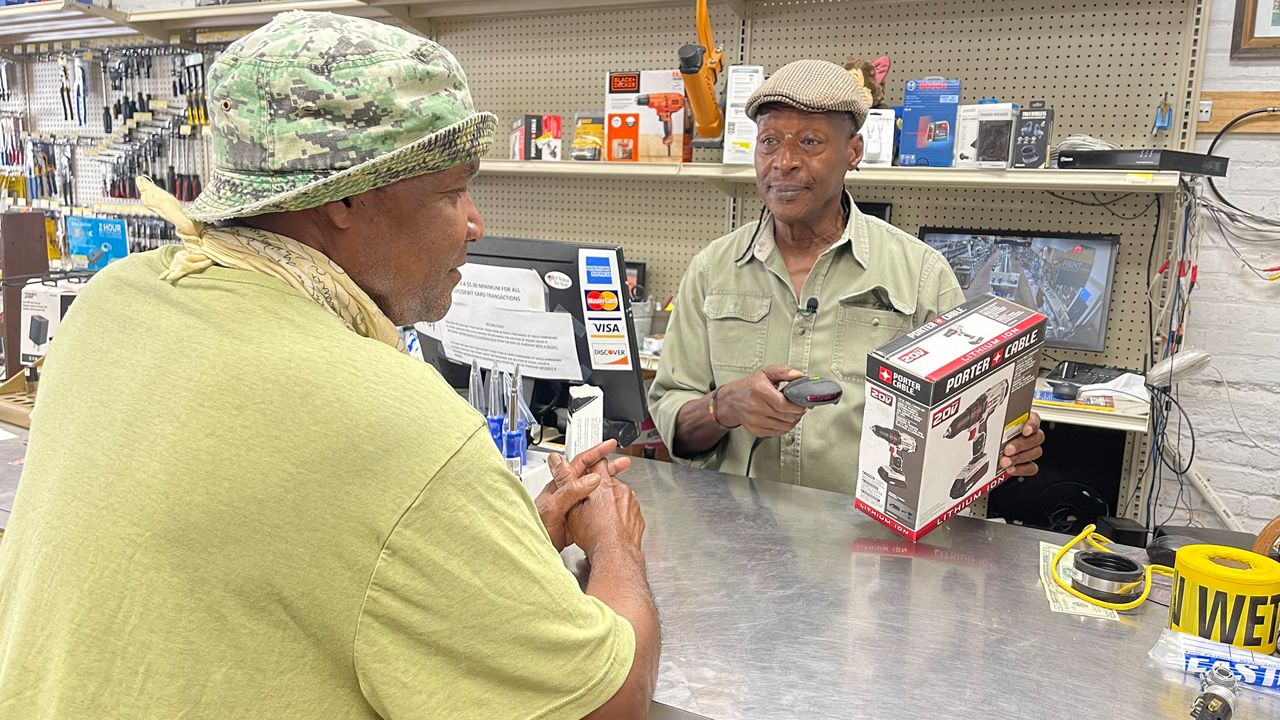If you’ve ever had a flight canceled, it can potentially be due to staffing issues, which have been difficult to deal with in the aviation industry since travel resumed following COVID-19 restrictions. According to management consulting firm Oliver Wyman, North America is short by about 8,000 pilots, which is roughly 11% of its supply. That’s only expected to worsen throughout the next decade.
The sounds of planes practicing landing and taking off are frequent at the Hudson Valley Airport, where Dutchess Community College’s Aviation Education Center is located.
“For me, there's no better feeling,” said Matthew Helgesen, a student in the Aviation Science Pilot program.
Helgesen, 18, has been interested in planes from a young age. This led him to take his passion to college to prepare for a career in the field.
“It can be difficult at times,” Helgesen said. “It's a very demanding class, but, you know, just keep it on your A-game. You got to really want to do this if you want to pursue a career in it.”
John Trosie, chair of the aviation program, was one of its founders in 2005.
“It is a great reward to watch students grow and their abilities grow and then to watch them move on to the airlines,” Trosie said.
There are three different aviation program tracks: pilot, management and maintenance technician. It was previously designed to have students transfer to a four-year school upon completion, a requirement many airlines relaxed due to extreme staffing shortages in the industry.
The mandatory commercial pilot retirement age was 60 up until 2007 when a new law raised it to 65. Now, Congress is looking to increase that to 67 due to the shortage of pilots.
Research from Oliver Wyman shows that because of more demand for travel these days, there’s a need for more pilots than can be supplied, as pilot training comes with a price tag and time commitment that can be quite challenging. Not enough pilots could mean fewer flights available for travelers.
“The pilot shortage is real. It's going to be around for a while longer,” Trosie said. “There's a lot of people in the industry that are trying to help people get through the training.”
Students like Helgesen recognize that the shortage is making now a good time for them to break into the industry.
“When I look at that, I see more opportunity,” Helgesen said. “It's almost something, motivation to look forward to.”










